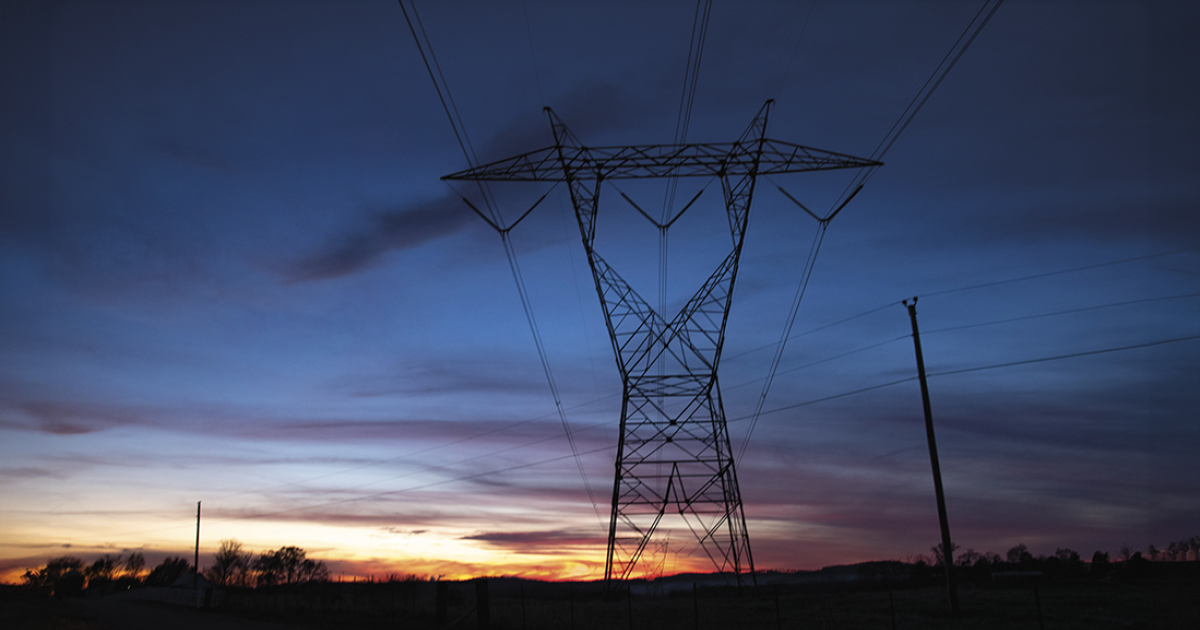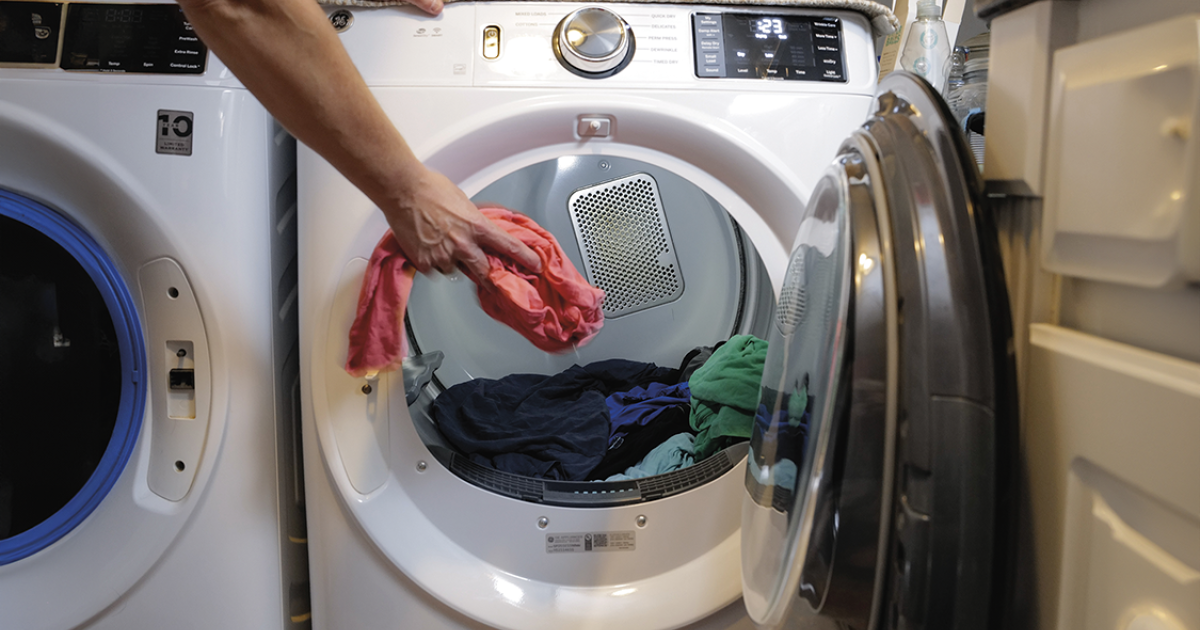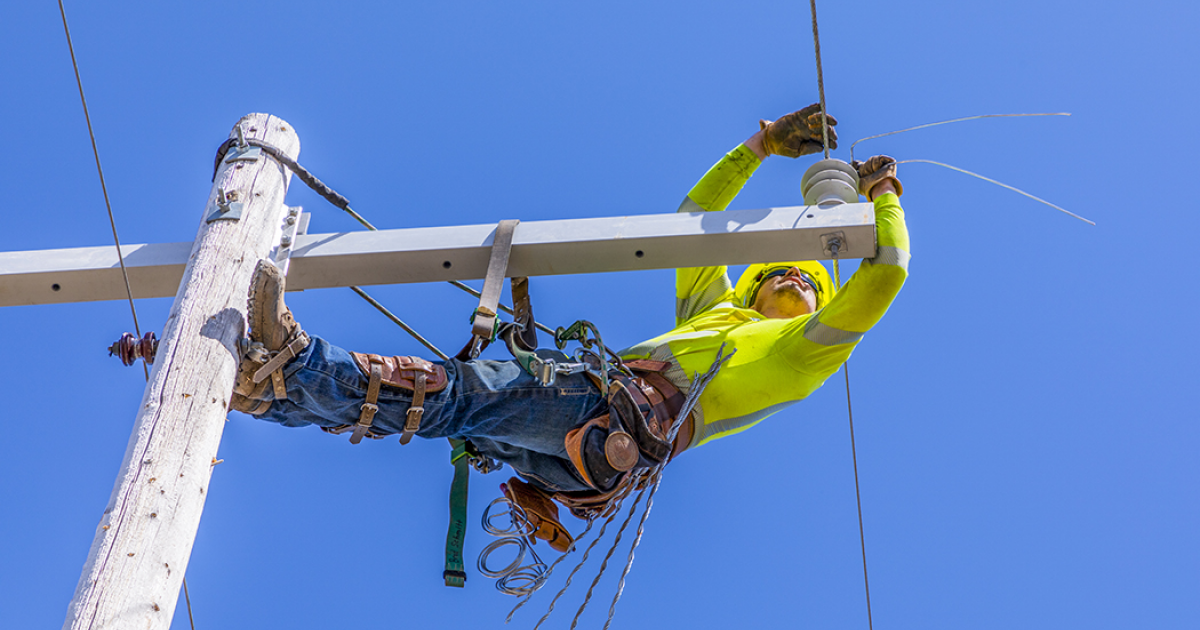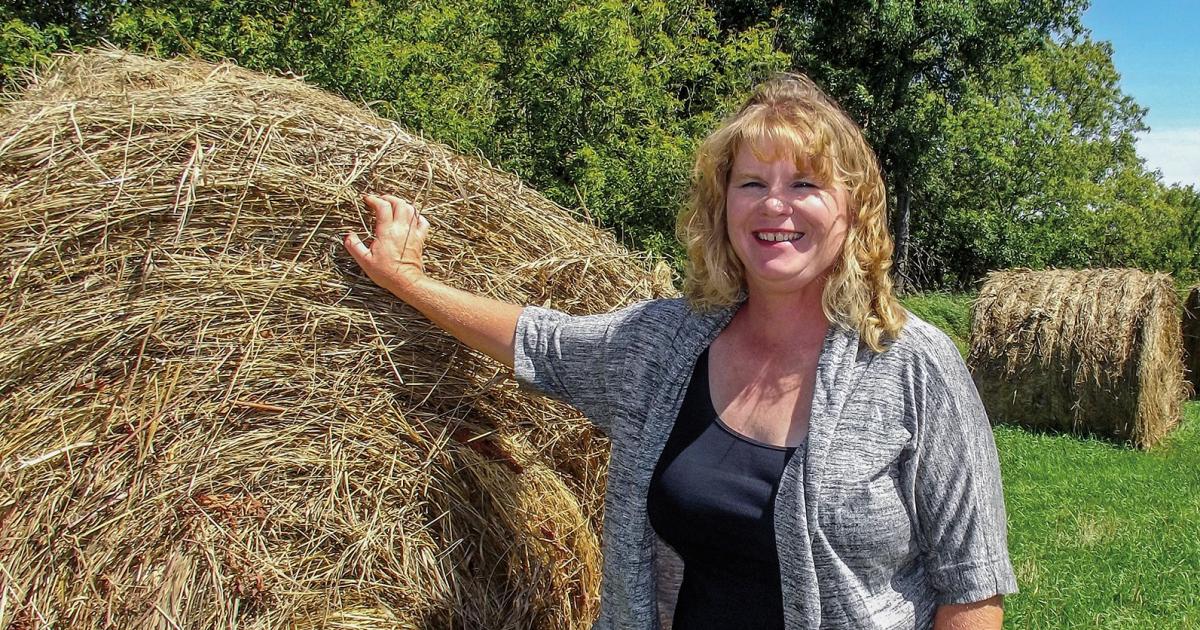The U.S. power grid is often considered one of the largest machines in the world. As demand for energy continues to grow, electric utilities across the nation are encouraging energy consumers to save by making small changes to daily energy habits. Courtesy photo
“Beat the peak” has become a unified message among electric cooperatives as the demand for electricity grows. This message encourages everyone to be mindful of their energy use during “peak demand” periods, or the times of the day when people are using the most electricity. Why is it so important? It can save you money, reduce your electric cooperative’s power cost (the largest expense your co-op has) and contribute to a better electric grid.
An interconnected grid
The U.S. power grid is often considered one of the largest machines in the world. Some could argue it is our country’s greatest achievement, because reliable electricity has become essential to our daily lives and our economy.
There are three main interconnected power grids in the United States: the Eastern Interconnection, the Western Interconnection and the Electric Reliability Council of Texas. Each interconnection has regional balancing authorities, which are organizations that ensure electricity supply constantly matches electricity demand.
The interconnections are powered by electric generation from various sources, including coal, hydropower, gas, nuclear, wind, solar and more. Some of these generation sources can supply power constantly or be ramped up or down depending on demand, like coal, while others supply intermittent power, like wind and solar. The energy produced by these sources connects to the grid and moves along transmission lines that allow power to travel long distances.
Your electric co-op is known as a distribution utility, which operates the power infrastructure connecting transmission lines to the distribution power lines that bring electricity to your home, farm or business.
This whole system and the more than 2 million people who operate it are continually working behind the scenes so we can take advantage of a 24/7 supply of electricity at the flip of a switch.
Throughout the day, demand for power supply fluctuates. If supply and demand fall out of balance, local or widespread blackouts can occur. To maintain reliable power, especially during peak times, there must be enough power supply to equal demand.
Due to supply and demand, the cost to buy power is higher during peak times, hence electric cooperatives’ “beat the peak” mantra. Peak times vary across the country, but are typically in the morning as we start our day and in the evening when we return home. By reducing power purchases during peak times, your cooperative saves on its energy costs, which ultimately are shared by all members of the co-op. When your cooperative saves money, you do, too.
And, many electric cooperatives in North Dakota have developed off-peak programs, which offer special rates to members who use electricity outside of peak hours. Special rates or incentives for off-peak electric heat, electric water heaters or electric vehicle charging may be available. Check with your local electric cooperative for more information, including to learn the peak times to avoid in your local area.
How to ‘beat the peak’
To beat the peak, think about how you can use less energy in the morning and evening. Start with the area that uses the most energy by adjusting your thermostat during peak hours, either up or down a few degrees depending on the season. A smart thermostat can do this for you automatically.
Are there certain appliances or devices you can wait to run until after peak hours? For example, start the dishwasher or dryer before you go to bed. If you have an electric vehicle, program it to charge overnight instead of right when you return home in the evening. Smart power strips ensure your devices are not pulling power when they are turned off. These devices work well for TVs and gaming devices.
If you have appliances more than 10 years old, consider replacing them with new, efficient ENERGY STAR®-rated appliances. Your electric cooperative may have rebates to help lower the initial cost.
By embracing energy conservation, we can all make small changes that have a big impact on our community and the intricate system that powers our lives.
Contact your local electric cooperative to learn about your local peak times and how you can use less energy.
___
With more than 20 years of experience helping people save energy at home, Miranda Boutelle writes on energy efficiency topics for the National Rural Electric Cooperative Association.











